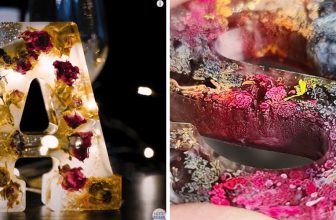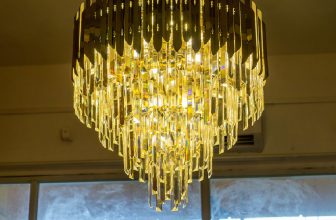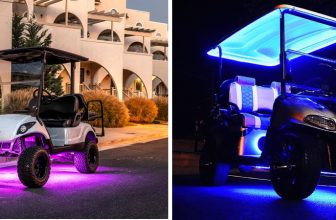How to Soften LED Lights
While the popularity of LED lights has grown significantly in recent years due to their energy efficiency, photographers and videographers have found that they can sometimes produce harsh shadows. Fortunately, you can take some simple steps to soften LED lights for a more natural look. Here’s a guide on how to soften led lights!
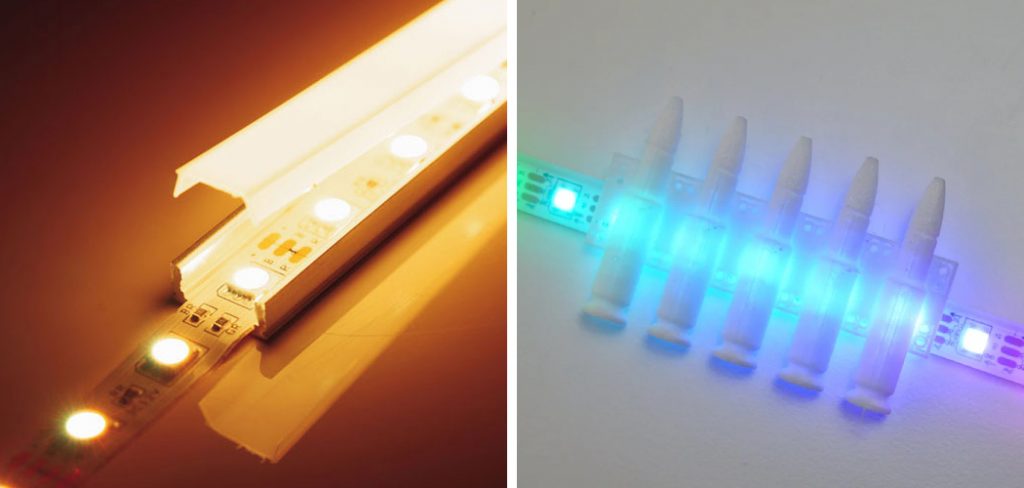
Can You Soften LED Lights?
LED lights can often be quite bright and harsh, making them more suitable for tasks like providing effective task lighting or illuminating a work area. Fortunately, there is something you can do if you need to soften the light produced by LED bulbs: dimming.
By investing in a dimmer switch, you can dial down the brightness of a LED light, which makes it easier on the eyes and saves energy. With this simple solution to LED lighting, you don’t have to trade practicality for comfort or feel like you are constantly staring into beams of harsh light.
Why Should You Soften LED Lights?
LED lighting has become increasingly popular as a way to reduce energy costs and improve efficiency. Still, there is one important aspect of LED bulbs that can easily be overlooked: softening.
Softening in LED lighting helps reduce glare and create a more pleasant atmosphere for living spaces. In addition, softening can help increase the life of LED bulbs because it reduces the impact of overheating.
Softened LED lights produce softer colors and tones, improving the aesthetic value of an environment but also helping create an atmosphere that feels more relaxed than harsher lighting.
While it may require an additional initial investment, investing in softened LED lights will pay off down the road due to energy savings and improved quality of light throughout your home or office.
7 Ways to Follow on How to Soften LED Lights
1. Diffusion Gels
One way to soften LED lights is by using diffusion gels. These gels come in a variety of colors and sizes, and they attach directly to the light. Diffusion gels are made from thin layers of translucent material that diffuse light by scattering it in all directions. This results in softer shadows, giving your images a more natural look.
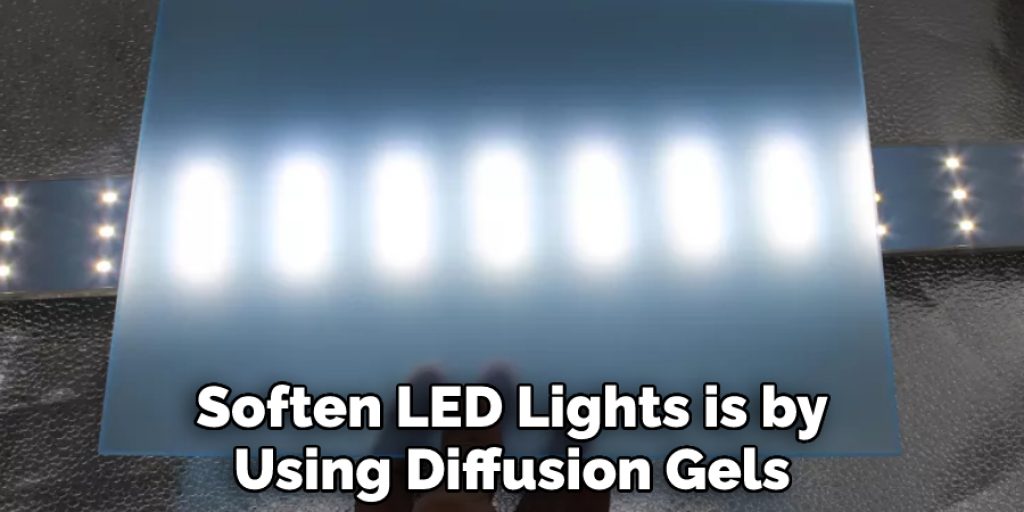
2. Light Modifiers
Another way to soften LED lights is by using light modifiers such as softboxes and umbrellas. Softboxes are box-like structures that attach directly to the light and diffuse the light through their walls.
On the other hand, Umbrellas are large curved surfaces that reflect light off their surfaces to create a softer effect. Both of these modifiers allow you to control the intensity and direction of the light, making them great options for creating softer lighting conditions.
3. Bounce Cards
Bounce cards are another great tool for softening LED lights. They’re also known as reflectors or flag cards because they “bounce” or reflect light away from their source to reduce harsh shadows and contrast in an image.
They come in various sizes and materials (such as white foam core, silver foil, or white fabric), so you can choose one that best suits your needs. In addition, bounce cards can be used alone or combined with other tools, such as diffusers and softboxes, for maximum effect!
4. Shade Cloth
Shade cloth is another great tool for softening LED lights. It’s a lightweight, semi-translucent material that you can use to reduce light intensity by blocking out direct sunlight and diffusing it into a softer light source.
It also helps create even lighting conditions, making it ideal for outdoor photography. Shade cloth is available in various sizes and colors to get the perfect amount of diffusion for your needs.
5. Flags
Flags are another useful tool for softening LED lights. They’re also known as gobos and come in various shapes and sizes. Flags allow you to block out unwanted light while still allowing some soft light to pass through. This helps reduce harsh shadows and create a more even lighting situation.
6. Diffusers
Diffusers are essential tools for photographers who want to soften LED lights. They’re also known as scrims or nets, which attach directly to the light source to diffuse the light. Diffusers come in various shapes, sizes, and materials, so you can find the one that best suits your needs.
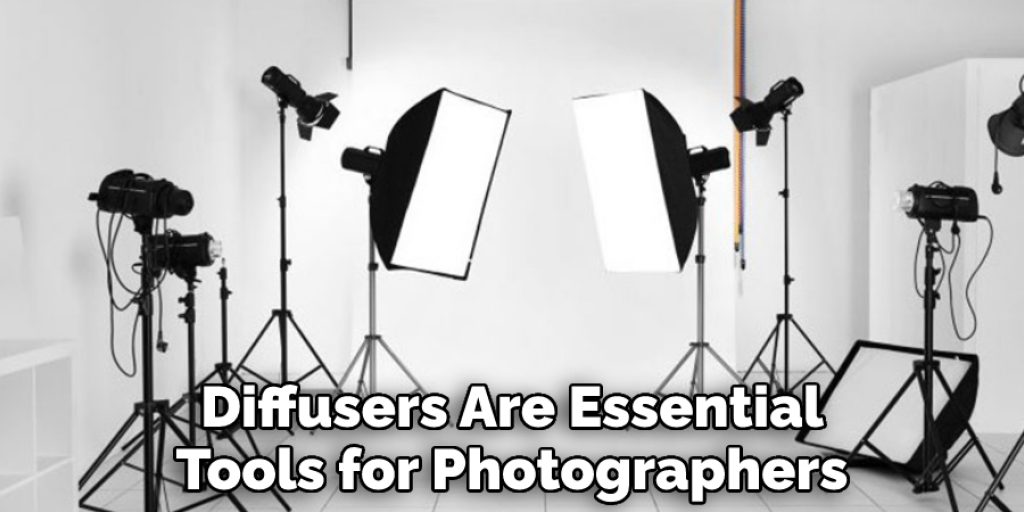
7. Reflectors
Reflectors are another important tool for softening LED lights. They’re usually made from silver or gold reflective material, and they work by reflecting soft light back. Onto your subject. Reflectors come in various shapes and sizes, so you can find one that will work best for your needs.
That’s it! You’ve now learned how to soften LED lights with seven different tools. So, the next time you take photos, don’t forget to use these tips and tricks! You’ll be sure to get better-looking images in no time.
Things You Need to Know Before Softening Led Lights
If you’re looking to soften the lighting in your home, LED light bulbs are a great option. However, before investing in them, you should know some key things. First, color temperature is important; generally, more blueish tones indicate cooler temperatures, while warmer tones appear more yellow-hued.
You want to make sure the level of brightness they produce is appropriate for your needs—too dim, and they won’t be able to illuminate properly; too bright, and it may be uncomfortable on the eyes.
Lastly, remember that LED bulbs have different lifespan ratings compared to traditional incandescent bulbs; as far as longevity goes, LEDs tend to last a lot longer than their incandescent cousins. Being informed is the first step toward finding the perfect LED bulb for your space!
5 Benefits of Softening Led Lights
1. Softer and More Flattering
One of the primary benefits of softening LED lights is that they are softer and more flattering than other types of lighting. This is because LED lights emit a softer, more diffused light that can help to minimize imperfections and create a more even complexion.
2. More Energy Efficient
Another benefit of LED lights is that they are more energy efficient than other types of lighting. This is because LED lights use less electricity than other types of lighting, which can help to save money on your energy bill. Additionally, LED lights last longer than other types of lighting, so you won’t have to replace them as often.
3. Better for the Environment
LED lights are also better for the environment than other types of lighting. This is because they do not contain harmful chemicals like other types of lighting and don’t produce as much heat as other types of lighting. This means that LED lights can help to reduce your carbon footprint.
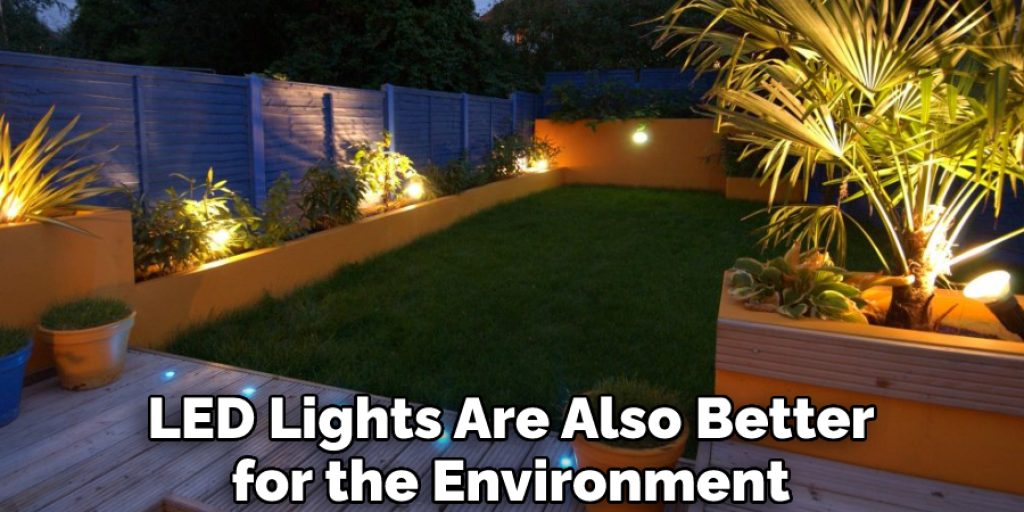
4. Safer for Your Eyes
Another benefit of LED lights is that they are safer for your eyes than other types of lighting. This is because LED lights do not produce as much blue light as other types of lighting, which can harm your eyesight. Additionally, LED lights do not flicker like other lighting types, which can cause eye strain.
5. More Versatile
Finally, LED lights are more versatile than other types of lighting. This is because they can be used in a variety of settings, both indoors and outdoors. Additionally, LED lights come in a variety of colors so that you can choose the perfect color for your needs
Some Common Mistakes People Make When Trying to Softening Led Lights
One of the most common mistakes people make when attempting to soften LED lights is setting the wrong levels on their dimmers. It’s important to refer to the manufacturer’s specifications when adjusting the dimmer settings, as too high of a level can cause flicker and instability that will be noticeable to any viewer.
In addition, not setting dimmers appropriately can result in overheating. Another mistake made when softening LED lights is using an ill-fitting or inappropriate filter with them. Depending on their wattage, they need a specialized filter that reflects the correct amount of light for them.
Many people select the wrong aesthetic quality, choosing something too orange or blue instead of softening to create a natural lighting color. Likewise, choosing filtered glass over acetate can also drastically affect your final product. That is why it is essential to research and get expert advice before making your decision.
How Do I Know if My LEDs Need Softening?
If you’re using LEDs in a project, it can be important to know if they need softening. When an LED is placed too close to the eye or used in a display that people view, it can be uncomfortable and cause strain. To determine if your LEDs will require softening, inspect the area where they’ll be used.
Softening will likely be necessary if the distance between the LED and the viewer is 12 inches or less. If not, then no further adjustments are needed. A successful installation requires careful consideration of lighting intensity, flicker rate, and glare level to ensure minimal impact on user comfort and visibility.
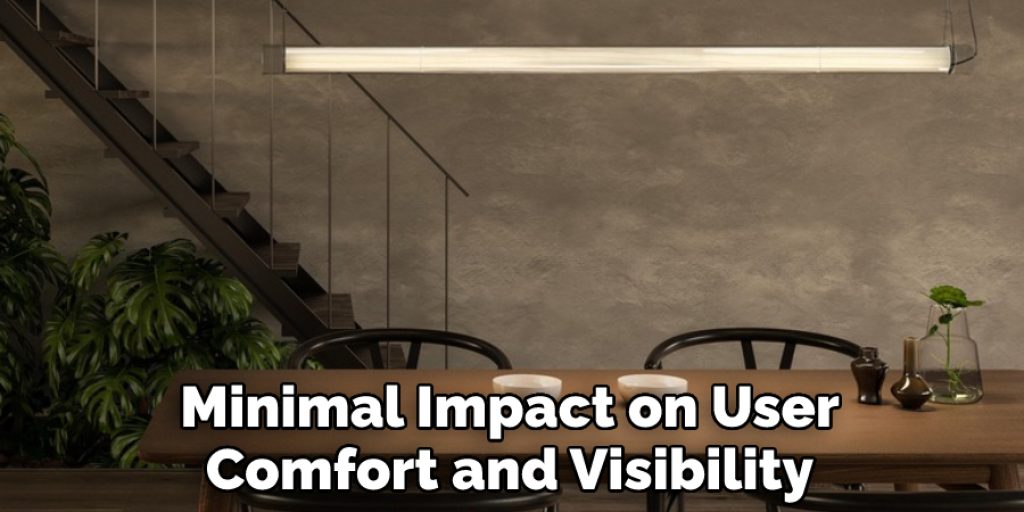
It’s best practice to double-check by testing various light levels before making anything permanent.
Conclusion
Softening LED lights doesn’t have to be a difficult process! With the right tools, such as diffusion gels, light modifiers, and bounce cards, you can easily achieve professional-looking results without breaking the bank.
So if you’re looking for ways to make your photos look more natural while still taking advantage of the energy-efficient benefits of LEDs – this guide should help get you started! Thanks for reading our post about how to soften led lights.

